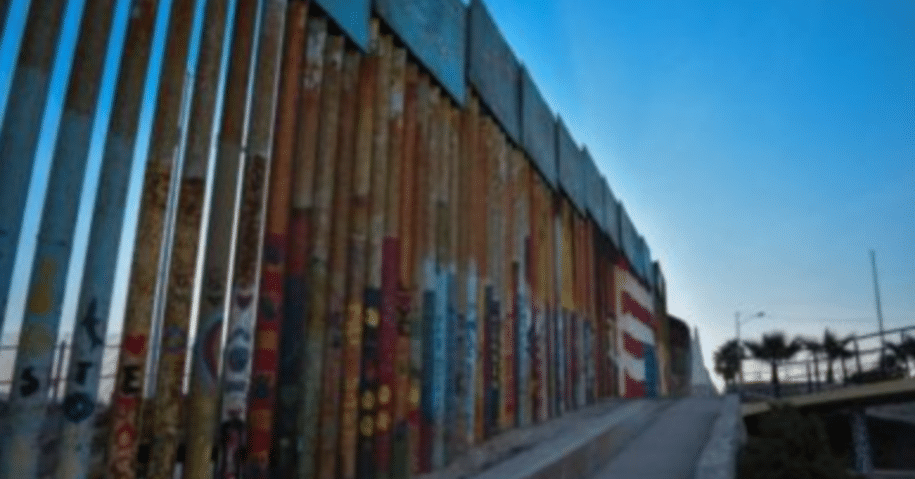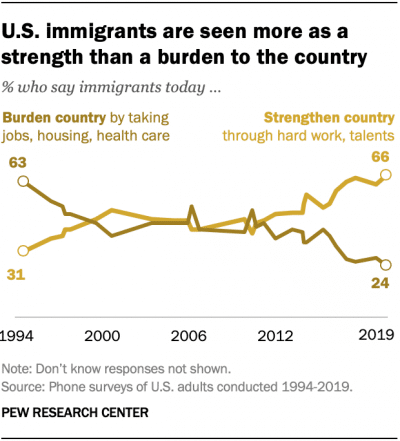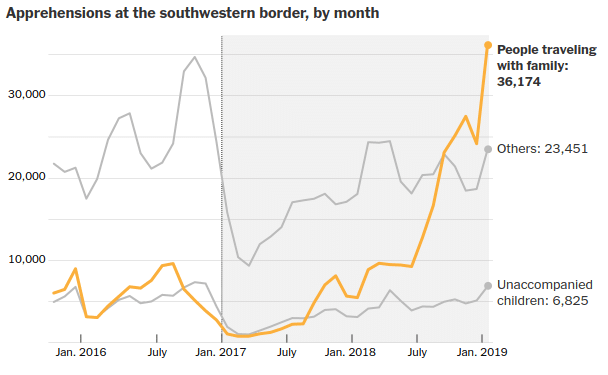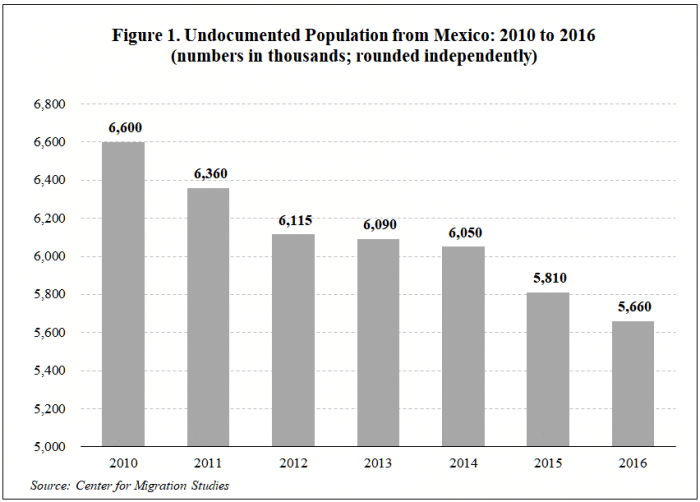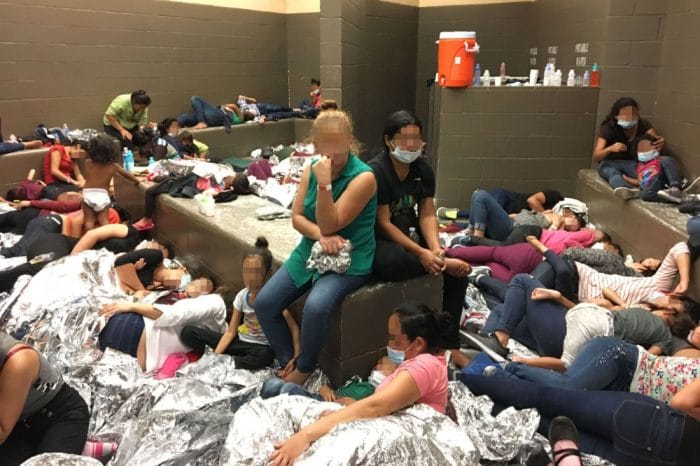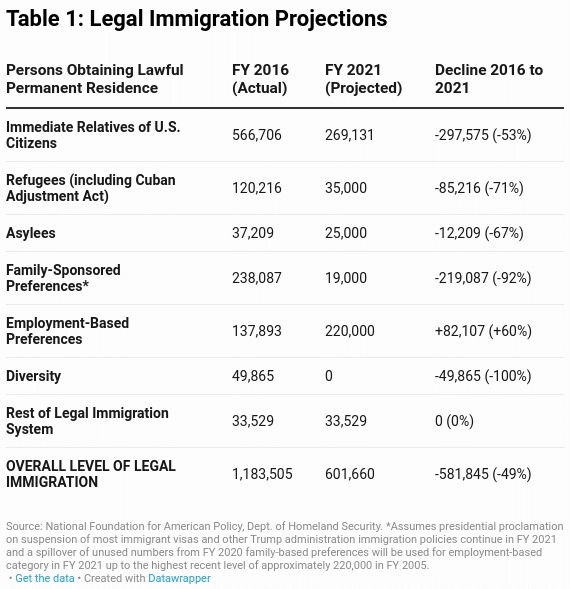Repairing Our Immigration System... And the Country
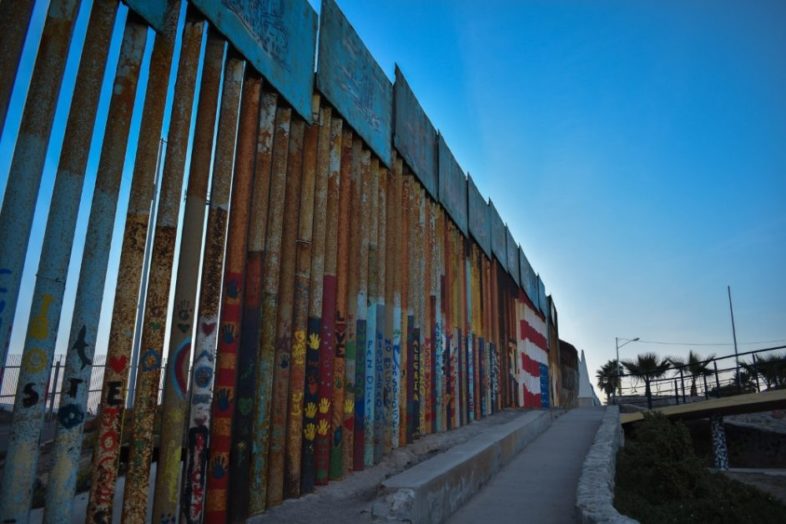
It seems every week we hear a new horror story about the US immigration system. The latest involves a whistleblower nurse who reported that a private detention center performed hysterectomies on multiple migrant women without their consent.
Immigration has been the proverbial football of American politics since the earliest days of our Republic. Examples go as far back as the Naturalization Act of 1790 and continue today. From migrant caravans to images of detained children sleeping under metallic space blankets, Democrats and Republicans alike have used the issue to stir up their respective bases.
Donald Trump has brought the issue into the forefront of the zeitgeist. From his signature promise to build a wall along the US-Mexico border; to terminating Deferred Action for Childhood Arrivals, better known as DACA; to the Muslim Ban; to his Zero Tolerance and Family Separation policies, immigration has become a flash point like never before.
The visceral reaction of Americans of every stripe to the immigration issue points to the abject dysfunction of the current system. Despite the vitriol, Recent Gallup polls show that a majority of Americans support immigration and the taking in of Central American refugees.
The issue is too complex for news bites and chyrons to do it justice. In fact, they probably make it harder to solve. Even those with extensive experience dealing with major immigration issues say there is no quick fix. Any solution must be flexible enough to adapt to ever-changing circumstances.
Of course, a single blog post can’t do justice to the depth and breadth of the issue either. What it can do is offer enough background and analysis to allow you to take a better informed position and enter into meaningful dialogue on the matter. So, let’s start where we are today.
A Difficult Decade
The 2010’s presented unparalleled challenges to the US immigration system. While immigration overall was declining, surges of unaccompanied minors during Obama’s second term and of ‘migrant caravans’ and families seeking asylum under Trump have caused alarm.
There has been a significant demographic shift in new immigrants coming to the United States. In 2018, more immigrants arrived from Asia than from Latin America. And while the first decade of the new millennium saw much higher numbers of undocumented Mexican migrants crossing the southern border than other countries, 2010-2019 has seen more undocumented migrants entering from countries other than Mexico.
In 2011, there was a sudden shift in the population of unauthorized migrants. A large number of children travelling solo, called ‘unaccompanied minors’ by the US government, from the Northern Triangle (Guatemala, Honduras, and El Salvador) began arriving at the southern border. Before 2011, about 8,000 unaccompanied children attempted to cross the Southern border each year. By the summer of 2014, their numbers had swelled to 57,000. That same year, the number of unauthorized families trying to enter the Southern US rose to 55,000 from just 10,000 a year earlier. By 2019, the families and unaccompanied children made up 65% of all arrivals. Many of these new arrivals claimed asylum, fleeing gang violence and some of the highest murder rates in the world. From 2012 to 2014, coffee blights and recurring droughts attributed to climate change also drove much of the rural populations of the Northern Triangle into abject poverty.
Although the Obama administration focused it’s deportation efforts on “felons, not families…criminals, not children”, it deported more people than all administrations of the 20th century combined. By the end of the Obama administration, net migration from Mexico was actually negative. Though immigration enforcement may explain part of this, most experts credit the sluggish US recovery from the Great Recession and improving conditions in Mexico to the leveling off of immigration.
Zero Tolerance
The Obama administration’s response to the rise in unaccompanied minors was to build additional detention centers, many of them privately run and the focus claims of mistreatment. The Trump administration’s “Zero Tolerance” response has focused on deterrence by separating children from their families and by broadening those targeted for deportation (in declaring every unauthorized immigrant a felon), by drastically reducing the number of legal immigrants and refugees that the U.S. will accept, and by slowing the processing of asylum seekers to a virtual standstill (or outright rejecting their claims).
The most controversial of these policies has been family separation and child detention. Scenes of crying children taken from their mother’s arms and locked in chain-link cages have shocked the country. That shock turned to horror when we learned that some 2,500 children were separated and detained for months, well beyond the 20-day limit required by the Flores Settlement Agreement. Even worse, when a federal judge ordered the government to reunite these children with their families on June 26, 2018, it came to light that the federal government had inadequately kept records of the children’s parents as they shuffled them across agencies and across the country.
By the end of 2019, the government had some 70,000 children in detention. In the previous year, seven had died in CBP custody after nearly a decade with no deaths of minors. In one especially horrific case, 16-year-old Carlos Gregorio Hernandez Vasquez had signs of flu and was transferred to a concrete cell with no bedding other than a space blanket. Security cameras show him dying after collapsing next to the toilet.
With the onset of the coronavirus pandemic, the health of detained immigrants, along with personnel who work in those facilities, has been put at even greater risk. At least 4,444 immigrants have tested positive and three have died of COVID-19 while in custody (the fatalities are likely much higher since most who test positive are quickly released from custody). With the previous years’ sharp increase in the number of immigrants detained, facilities are overcrowded, making social distancing impossible. On top of this, DHS has continuously transferred detainees around the country since the onset of the pandemic. One recent report found that the government moved detainees to an overcrowded detention center outside of Washington, D.C., solely to bring in detention center guards to help control protests after the death of George Floyd.
Denial of Legal Protections
The latest iteration of the Trump administration’s barriers to immigration is its Remain in Mexico policy, officially named the Migrant Protection Protocols, or MPP. It was worked out between the Trump administration and that of Mexican President Andrés Manuel López Obrador (aka ‘AMLO’).
The policy permits US border agents to return any non-Mexican asylum seekers to Mexico, often to overcrowded and dangerous migrant camps, to wait out a decision on their asylum cases without access to legal representation. By late last year, over 56,000 asylum seekers, 16,000 of whom were children, had been sent back to Mexico to await their fate.
This has forced thousands of migrants, already exhausted and often in poor health from the treacherous journey across Central America and Mexico, to now live in crowded refugee camps where the risk of a coronavirus outbreak is significant. The sprawling migrant camp along the Rio Grande in Matamoros, Mexico, has already had several positive cases of the disease.
The Remain in Mexico program has also been used by the Trump administration to deter asylum seekers through its spin-off policies of family separation, stricter eligibility requirements, “metering”, asylum cooperation agreements, limitations on work for asylum seekers, and fees for asylum applications.
The Trump administration has also decreased the number of legal immigrant visas allowed to be issued. Further stripping the protections of immigrants, a federal appeals court recently ruled that the President has the authority to end Temporary Protected Status (TPP) for individuals who come to the United States following a natural disaster or conflict in their home countries. This means 400,000 TPP individuals, the majority of whom have lived and worked here legally for many years, may be forced to leave the country in a matter of months.
While Trump’s approach to immigration has been especially controversial for it’s apparent cruelty and seeming disregard for humanity, no administration has found an especially humane or durable solution. To do so will require political will and compromise on a scale rarely seen in Washington these days.
A Humane Way Forward
The flow of people seeking a better life in the United States is unlikely to end any time soon. The ongoing pressures of gang violence, underdevelopment, and climate change will continue to make the US a destination for desperate emigrants.
The solution to the US immigration conundrum will undoubtedly involve improving every aspect of the system, including better border security, more efficient vetting procedures, dramatic expansion of the immigration court system, matching the needs of American industry with the demands for work, and better treatment of both those seeking refuge and those who have already contributed to our society for years.
But in today’s political climate, that solution is likely far off. So what can be done? In the meantime, you can take advantage of Impactree’s easy actions in our Immigration Group. This group of actions makes it easy to contact your representatives or volunteer your time to take immediate action on specific immigration problems today.
Stay active and stay safe… while helping the less fortunate amongst us do the same.

